A/Z UNSEEN ZULUETA
PROGRAMMES 2-7
Filmoteca de Galicia | Saturday May 27th – Tuesday June 30th | Free entry to all venues until full capacity. It will not be possible to enter the venues after the screening has started.
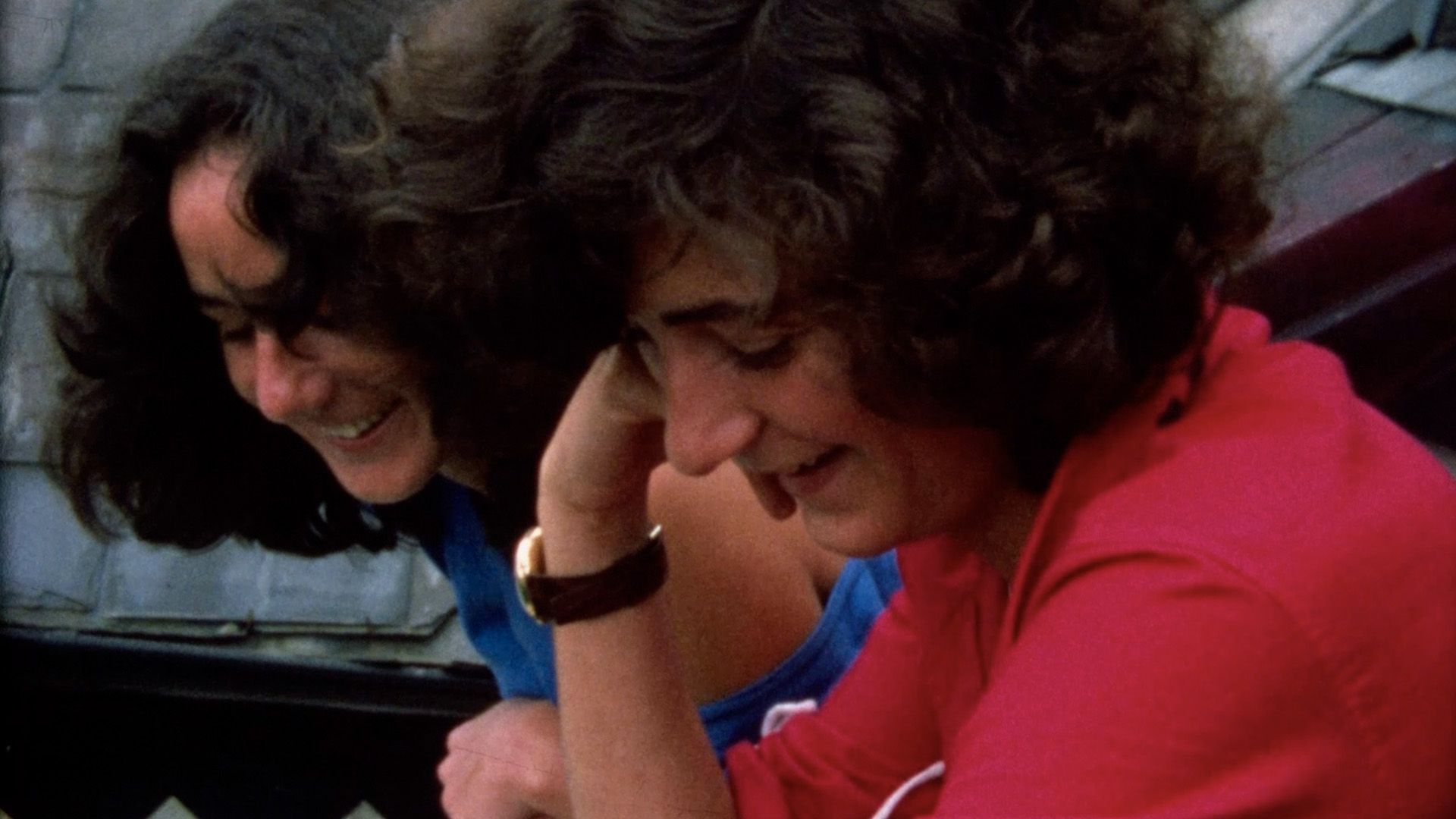
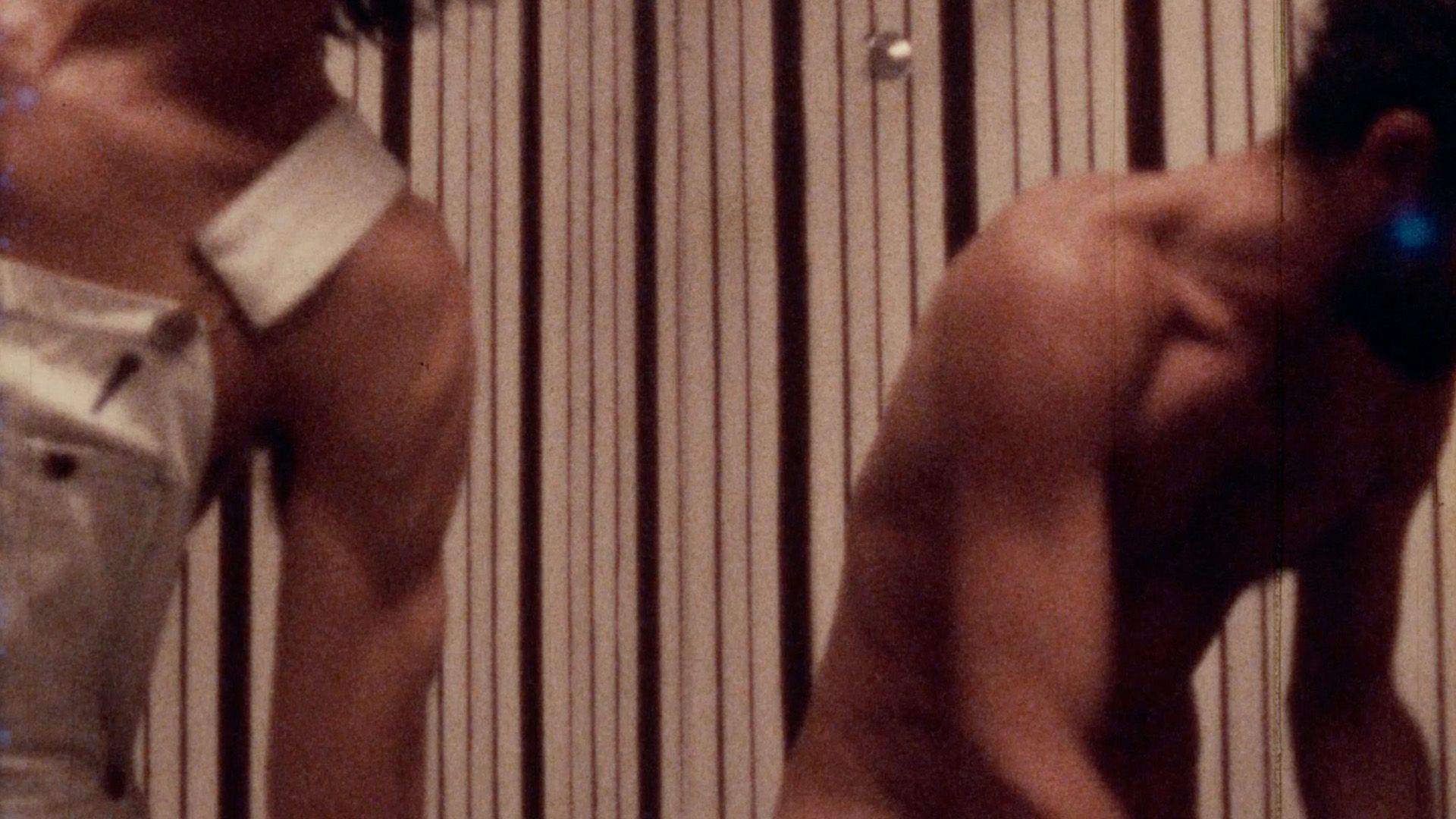
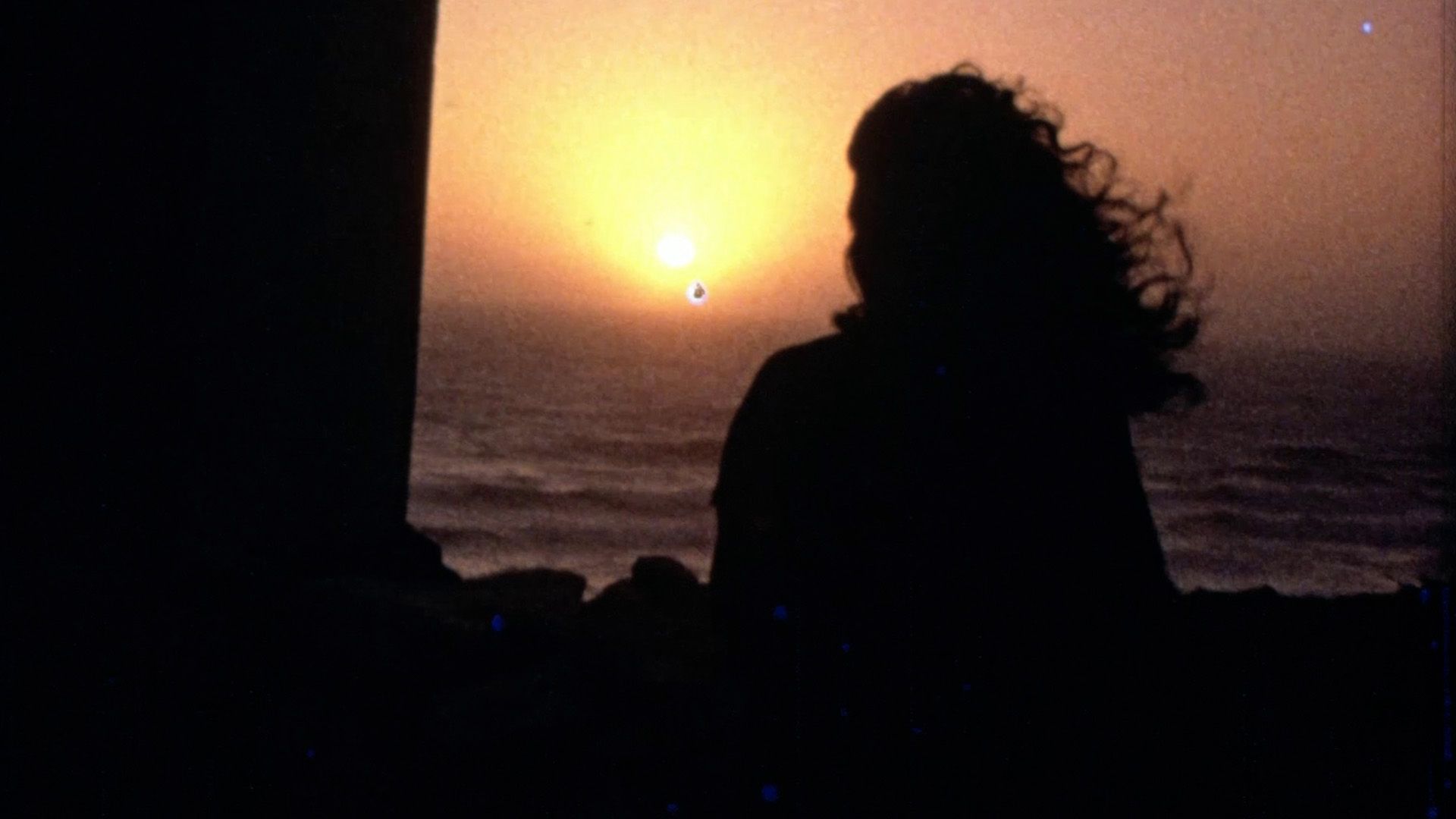
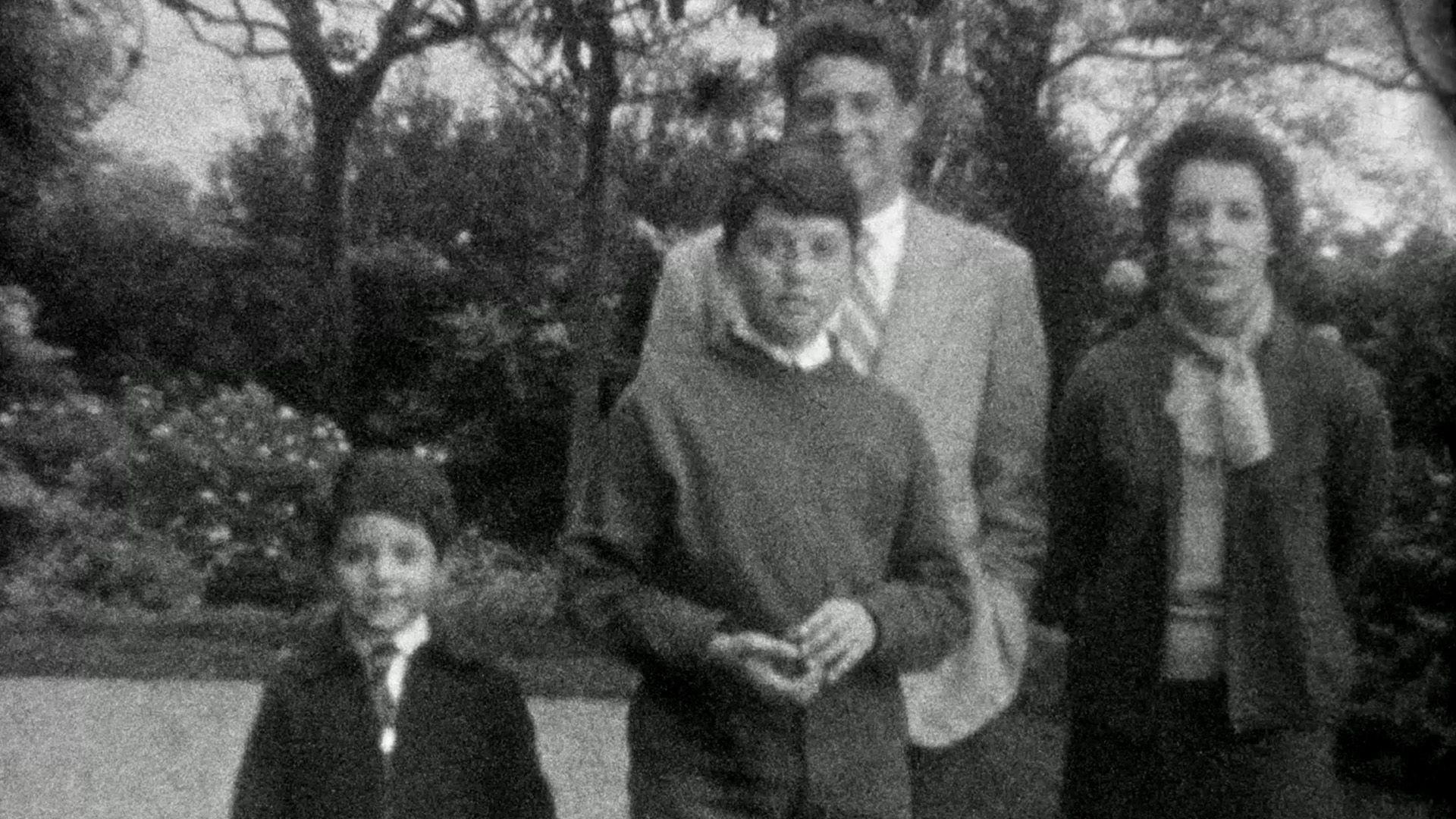
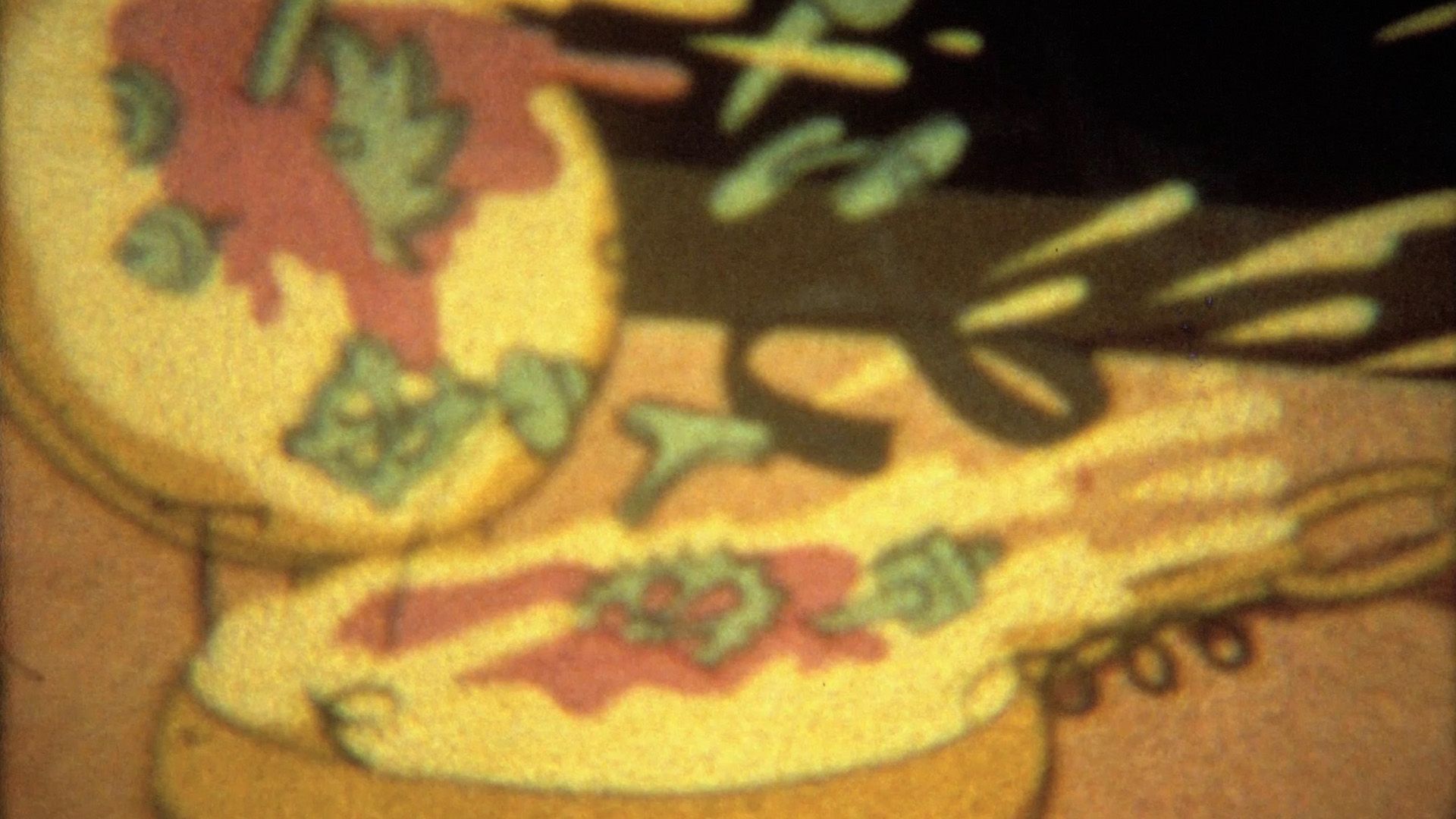
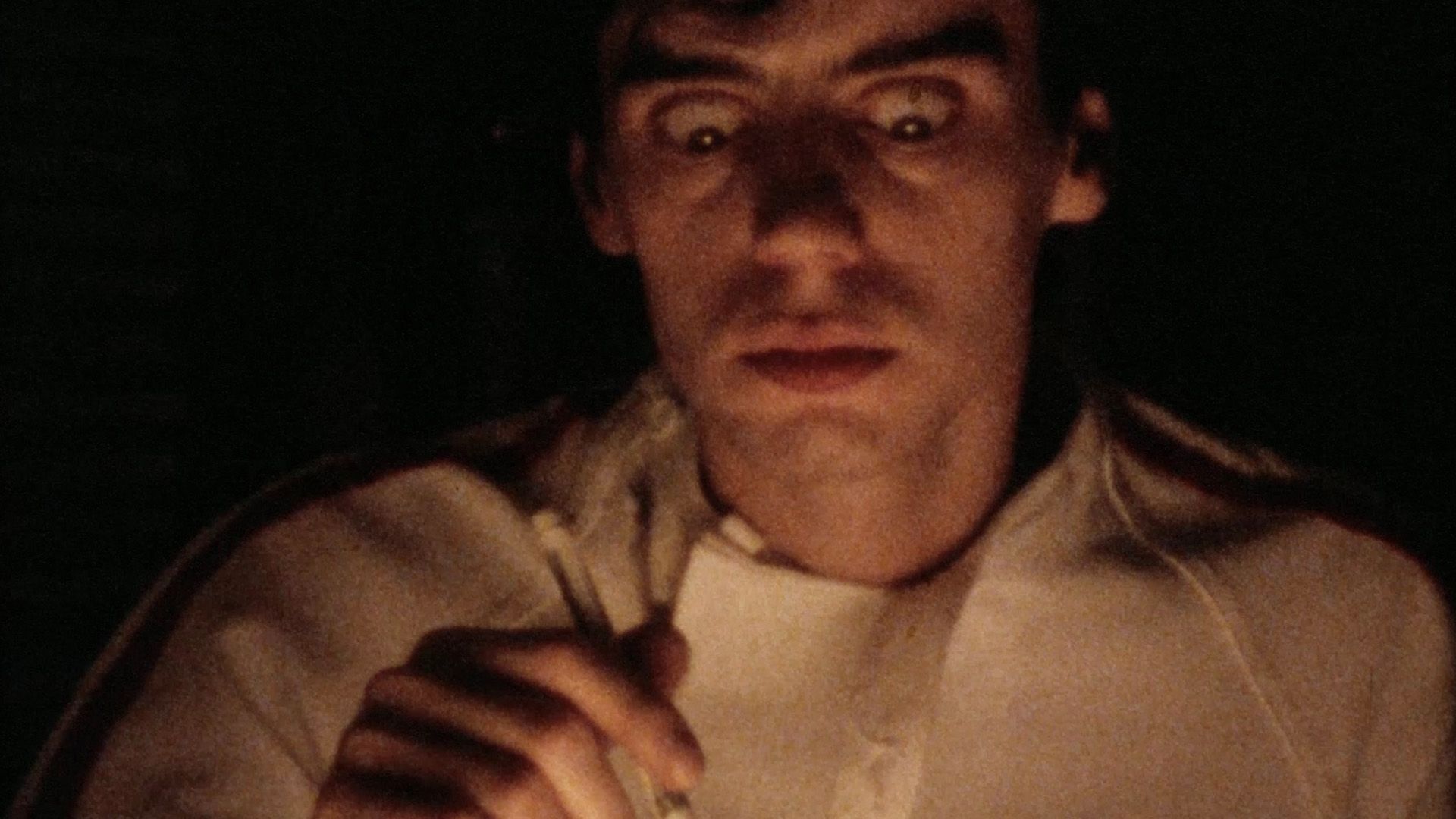
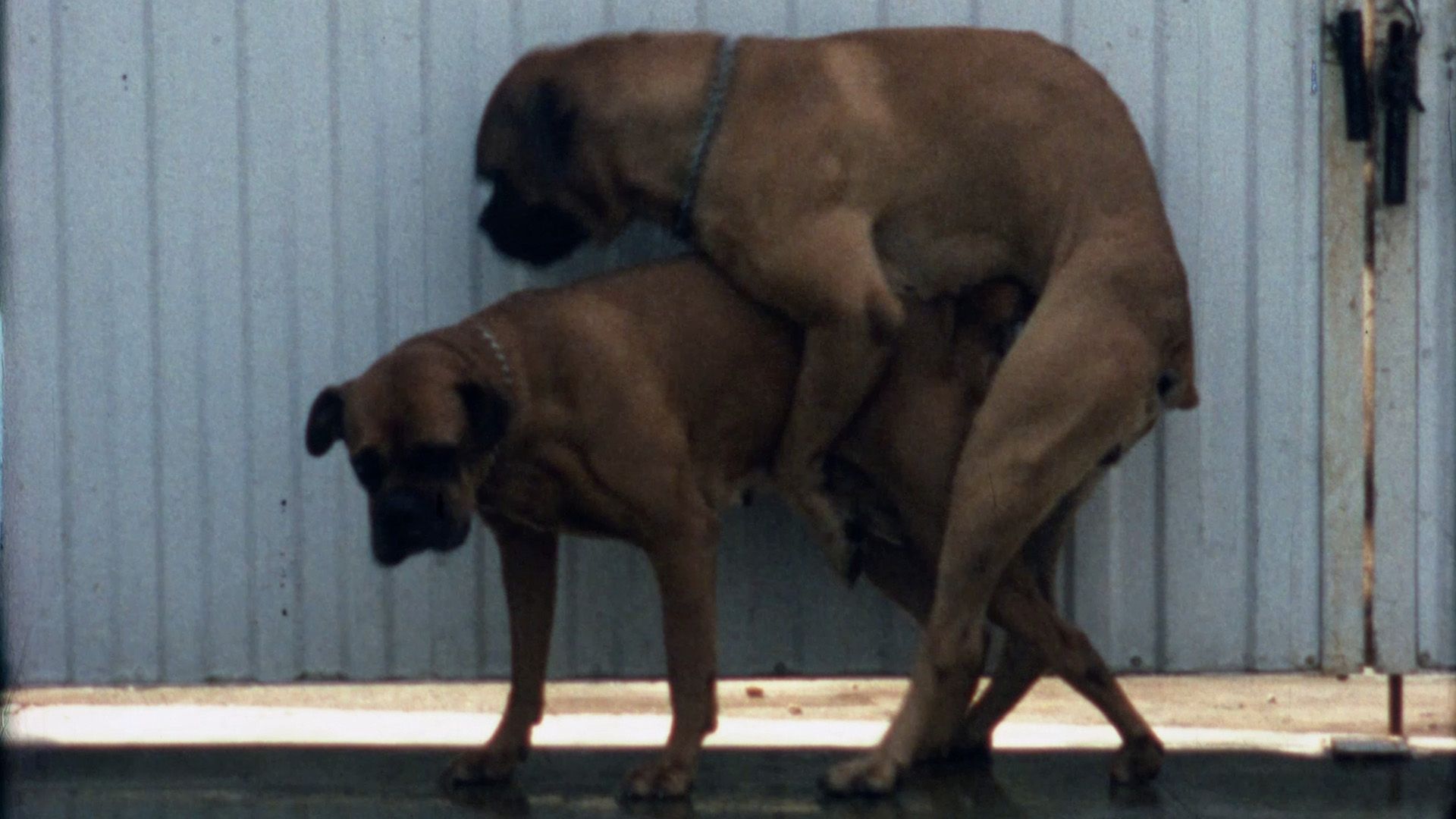
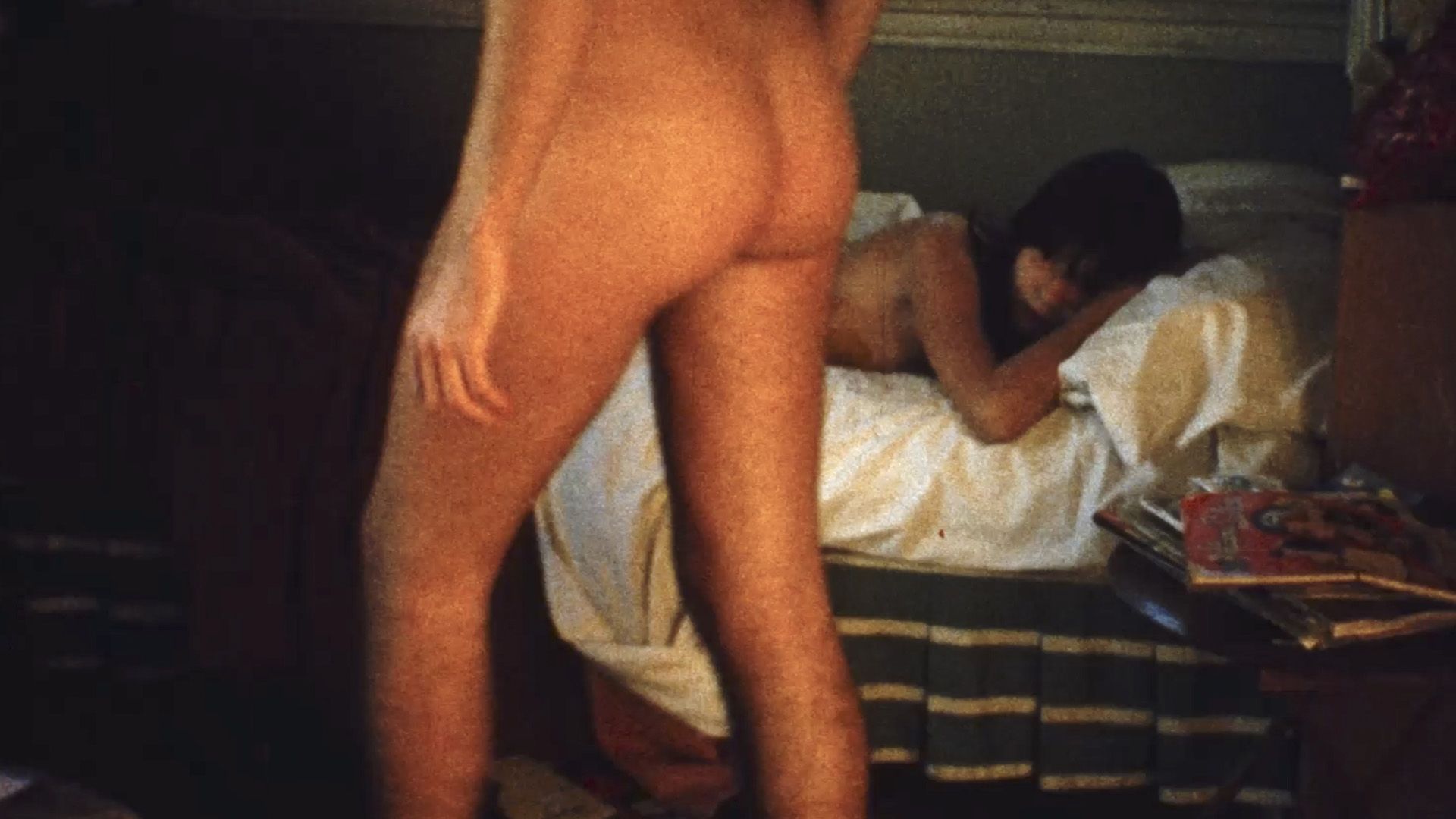
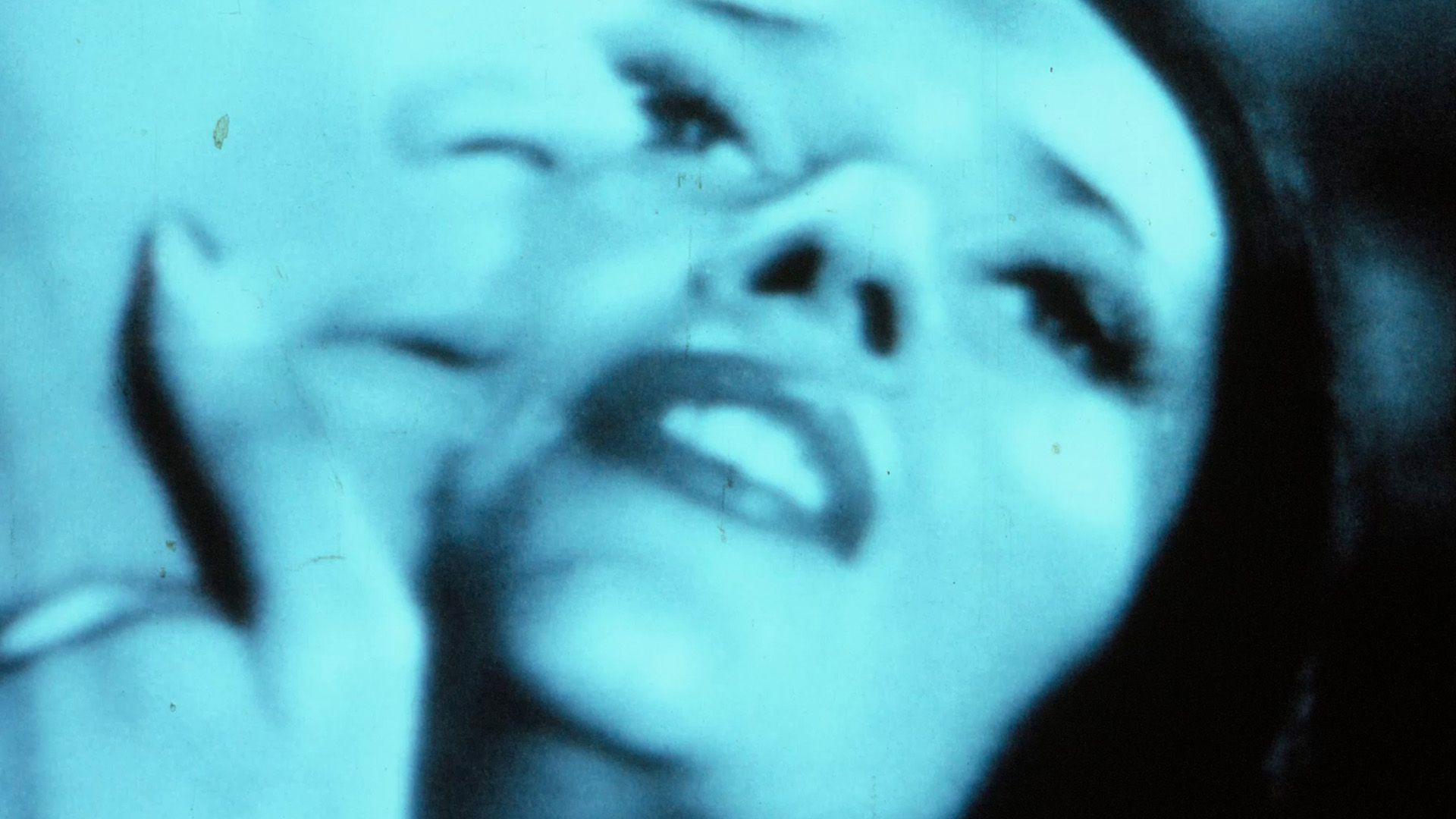
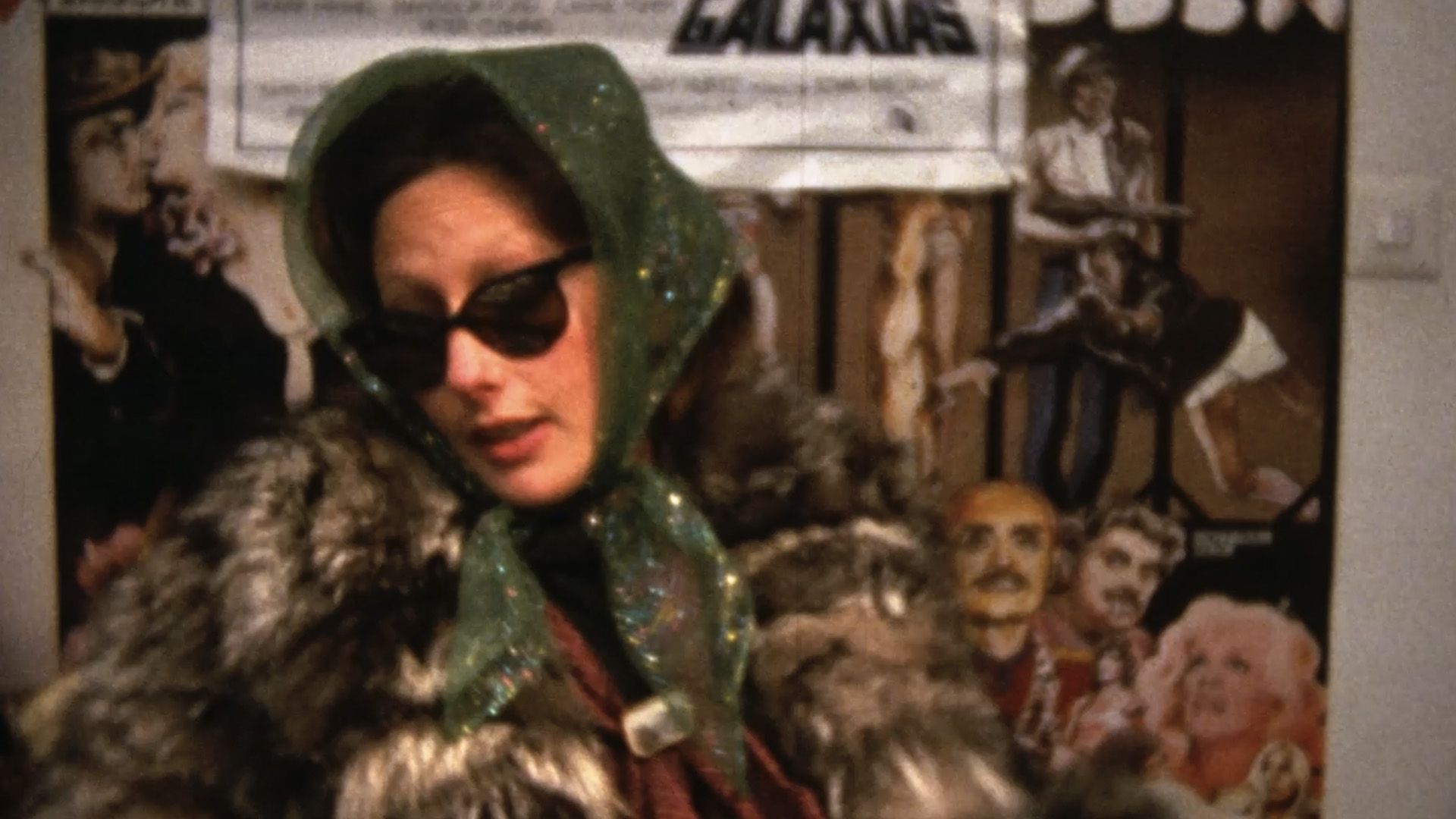
PROGRAM 2: ON ARREBATO
Filmoteca de Galicia | Saturday May 27th | 7:00 p.m.
Arrebato is one of the most celebrated Spanish films ever. Its influence has expanded and outgrown the confines of the original production, adumbrating many new paths to engage with sensations and moments of all kinds. This programme broadens this universe even further, if that is possible, on which new light is constantly being shone.
- Rodaje Laura’s Hamburguesas (1979)
- Cecilia Roth. Material para Arrebato (1979)
- Mate mal y bien (c. 1978)
- Arrebato Party (1979)
- Will More. Material para Arrebato (1979)
- (Sin título) [Descartes Arrebato] (1979)
PROGRAM 3: CELEBRATING THE FLESH
Filmoteca de Galicia | Friday June 9th | 8:30 p.m.
While Zulueta’s queer sensibility has often been underscored, this programme reflects various encounters with sexuality in all its diverse manifestations: animal, sensual and political.
- Astor Garbo Ducha Taquillera (1972-1978) Sonoro
- Bogui Nenes TV (c. 1969)
- Morgan Sam Coca “Sex” (c. 1975)
- Ibiza Satyr (c. 1977)
- Desfile Castellana Hilton Final con Will More (c. 1978)
- Manif Gay (1978)
- Cine Album Kodak 1 (c. 1974)
- Ángel y Juan (c. 1977) Sonoro
- Apartamento Edificio España Mario… Etc (c. 1969)
PROGRAM 4: ALOHA
Filmoteca de Galicia | Friday June 16th | 8:30 p.m.
This program focuses on Villa Aloha, the Zulueta family home and a core place in Iván Zulueta’s world. Located on Paseo del Duque de Baena with spectacular views over the bay of San Sebastián, Aloha was a place of peaceful coexistence and vitality but also a hub for manifold artistic concerns. A protective mother’s womb to which he always returned, though sometimes a The Exterminating Angel syndrome can be noted inside its walls.
- Cine Album Kodak 9 (c. 1972)
- Piscina (c. 1967)
- Sonoro Vicky (c. 1977) Sonoro
- Sound Iván Jaime (c. 1977) Sonoro
- Nenes Juan Blanco (c. 1972)
- Boxers Max Ernst (c. 1977)
- Feria navideña regalos (c. 1973)
- Nenes piscina (c. 1978)
- Nenes van a la playa (c. 1978)
PROGRAM 5: THE FILMS OF CONSUELO AND ANTONIO
Filmoteca de Galicia | Friday June 16th | 8:30 p.m.
This session features the films made by Consuelo Vergarajauregui Ubarrechena and Antonio de Zulueta y Besson. It covers a period from their wedding and honeymoon in 1936, boat trips in the Cantabrian Sea and the early years of their sons Jaime, Iván and Borja. It also includes one of Iván Zulueta’s first short home movies.
- Boda Zulueta-Vergarajauregui (1936)
- Volcanes y montañas (c. 1936)
- Excursión a Hilo (c. 1936)
- Honolulu (c. 1936)
- Bosques (c. 1936)
- Regatas (1941)
- San Sebastián, Ondarroa y escenas (c. 1941)
- Escenas de Ondarroa y Lequeitio (c. 1941)
- Formentor. Paras y maras, barco y Jaime (c. 1941)
- Bautizo Iván (1943)
- Jaime, perros, Iván pequeño (1944)
- Tomas varias. Parque de atracciones. Viaje. Festival (1958)
- Tomas del Festival y varias en general (1958)
- Viaje a Holanda (c. 1958)
- (Sin título) [Coche y familia] (c. 1956)
- Parador de Ifach. Playa del Cantal Roig (c. 1960)
- El Loco II. Cowboy (1959)
PROGRAM 6: FLIGHTS AND ESCAPES
Filmoteca de Galicia | Friday June 23rd | 8:30 p.m.
The idea of the journey, both physical and mental, runs throughout Iván Zulueta’s life. This programme celebrates the filmmaker’s constant movement, always caught up in a continuous process of discovering new worlds
- Maroc (c. 1972)
- California (bobina 1) (1975)
- California (bobina 2) (1975)
- Cine Album Kodak 2 (c. 1972)
- Cine Album Kodak 12
- Virg Aberiz Viaje París (c. 1977)
PROGRAM 7: NOTES AND SKETCHES
Filmoteca de Galicia | Friday June 30th | 8:30 p.m.
Zulueta’s world expands. The tests, trials and experiments gathered together here advance new hypotheses on his filmmaking. And even though, in one way or another, all the programmes include materials that might support ambitious hypotheses about the limits that Zulueta’s work could have reached, it is this final programme and no other that outlines the path that projects him into the future.
- Kodak Virg Virg
- Chicago 1980
- ReyesEtcAcuariumVersionCompleta (c. 1975)
- Fuegos Artificiales Foco Proyector apto. Con Burbana avispa bombilla filamento Poti (1971-1976)
- Materiales originales de “Amalgama” (c. 1975)
- Nenes (c. 1972)
- Cine Album Kodak 6 (1969-1975)
- TitulosMiEgoEsta RefilmacionIrureta IRURETA REMAKE MAL (1975-1987)
A/Z ZULUETA INÉDITO
A/Z: DIVING INTO IVAN ZULUETA’S PERSONAL FILM ARCHIVE
Iván Zulueta is a kind of black hole in filmmaking. This is a widespread idea that has taken root among film critics and theorists, and has served the purpose of forging a myth around this maudit director. Like any hypothesis, there is a certain amount of truth to it, but one could also argue the opposite. Let’s look a little further. A person with boundless talent and creativity, Zulueta evinces many of the limitations we have, both as spectators and as scholars, when it comes to thinking about cinema and audiovisual creation. A filmmaker, poster artist, illustrator, television director, art designer, actor and photographer, Zulueta defied the boundaries between disciplines, though he was driven by his passion for the (almost always) moving image. If a tracking shot was a moral question for Godard, for Zulueta it was more of a sensorial issue, a hallucination induced by a fascination with the interaction of bodies and lights in front of the camera.
Significantly, Zulueta’s output has generally been addressed from the optic of the feature-length films he directed, Un dos tres, al escondite inglés (Hide and Seek, 1969) and Arrebato (Rapture, 1980) and the handful of surviving short films, many saved thanks to the work of Koldo Mitxelena Kulturunea when organizing the exhibition “Imagen/Enigma” twenty years ago. Since then, the myth surrounding Zulueta has only grown, though, paradoxically, this has not been the case of academic research into his work. In fact, the scant investigation over the last twenty years can be summed up in the aforementioned exemplary exhibition; Iván Z, the documentary made by Andrés Duque in 2004; and “Mientras tanto…”, the exhibition of his photographic work held at La Casa Encendida in 2005.
A few weeks before the lockdown for the pandemic, we visited the warehouse where the material remains of Iván Zulueta’s works and studio had ended up, and we reached a preliminary agreement with his brother, Jaime de Zulueta, to recover them. Without the selfless involvement and work of Virginia Montenegro none of this would have been possible. The operation was concluded in August 2021.
These seven programmes wish to continue exploring Zulueta’s work and, whenever possible, to cast light on his person. Having said that, we are also keenly aware that, as we assembled the programmes, the enigma continued to grow. In them we recovered film footage that we had believed was lost or about which nothing was previously known. In other words, as our point of departure, we ruled out the shorts mentioned earlier which, as we said, have been in circulation in recent years. Therefore, as part of Filmoteca Española’s mission to preserve and promote cinematographic heritage, these sessions are the starting signal announcing further new approaches to his work. The programmes embrace a time span of five decades: from the 1930s to the 80s. One must bear in mind that the material is shown as found. The titles used for the material are the labels on the film reels. On certain occasions it is obvious that the content does not correspond to what we can read on the label, but we have decided to respect the way it has come down to us. When there was no mark or label on the reel, the material is identified as “Untitled”. However, there is one exception to this rule: the series called Cine Album Kodak, whose title was given because the reels were found in a film album and occupy the space of the number attributed. This means that they are not consecutive. In the absence of any other more specific information, the approximate dates have been inferred, whenever possible, from the marks on the film. On some occasions not even this has been possible although the images do in fact speak of a specific time frame. In any case, the research into the materials and their contents is still open and ongoing. It is equally worth pointing out that although the reels (plus those used by Jota, the Spanish musician, songwriter, singer and guitarist of the band Los Planetas, who has work with thirteen more reels) account for practically all the previously unseen material recovered, there are a few that have been left out of the final selection. Not many, but for the sake of clarity, the material shown is not the entirety of the recovered material. In short, we are presenting a previously unseen body of film work of great variety which we hope will further our research and enjoyment of such a complex and unique life and work.
Josetxo Cerdán and Miguel Fernández Labayen
All original materials were shot in 16mm, 8mm and super 8. Digitization was done at 4k. Most of the pieces do not have sound and have been kept that way. Those with sound are indicated in the programs.
